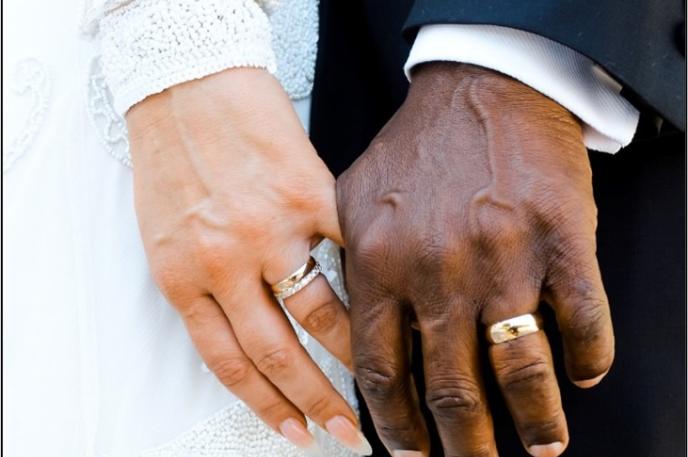
Interracial Marriage returns as an issue in the law
December 7, 2022
This blog was written as part of Charlotte Mecklenburg Library's Black Lives Matter program initiative. Learn more about the program and corresponding events here.
The blog was written by Lawrence Turner, an adult services librarian at South County Regional Library.
An anonymous quote about marriage says: Marriage stands the test of times when both you and your spouse work towards making things better. And we are tested the most when we face adversities. If you can sail through the adversities as one, as a team, then you have won half the battle.
In the United States, that quote is put to the test with the legality of certain marriages.
The Respect for Marriage Act is in its final stages of passing in Congress as ends its session this year. Legislators sponsored the measure to preserve same-sex marriage, as a defense to guarantee it against a possible Supreme Court challenge. Interracial marriages were roped into the legislation proposal for the same reason.
Whereas same-sex marriages received Supreme Court support for legalization nationwide in 2015, and garnered public approval at a new high at 71% according to a May 2022 Gallup poll, interracial marriage is a much older social custom. In 1967 the Supreme Court validated interracial marriages in the Loving v. Virginia case. Last year, the Gallop Poll found the public approved interracial marriage at a new high of 94 percent. When the question was first polled in 1958, approval was at four percent.
While interracial unions are accepted to a large degree in the U.S., its early history can stand a brief peek in the spotlight. A genuine timeline of attitudes to interracial marriage should go back to the nation’s founding as it started as colonies. In 1968, the Los Angeles Times-Washington Post News Service reported in a story that contempt for intermarriage grew as the population and influence of white women increased in settlements which previously had very large white male numbers. Herbert Moller, a sociologist, said, “…Through their enhanced influence on family and community life, women became more or less unintentionally the foremost agents in the establishment of racial barriers.”
As to be expected, laws followed to enforce these attitudes. In Sheryll Cashin’s book, Loving: Interracial Intimacy in America and the Threat to White Supremacy, she writes Virginia’s first comprehensive slave code in 1705 made that point. Enslaved Africans during that year lost rights they had previously enjoyed equal to white indented servants. As a result, the white servants—i.e., white individuals—gained new privileges to bond closer to slaveholders. The code “included penalties against interracial marriage” while not doing the same for “master/slave sex, which would become the dominant form of interracial sex in the eighteenth and nineteenth centuries.”
Neighboring state North Carolina would follow the model from Virginia as other states Cashin writes. Although in a modest dissention, the North Carolina Digital Collections, a web-based Charlotte Mecklenburg Library resource, shows a documented interracial marriage in a colonial record of a “mulatto” (mixed African and European ancestry—an outdated and offensive term) man and white woman in 1725. The couple came from Virginia.
Fast forward several hundred years to the present-day United States and consider the changes. Laws and social norms have made tremendous strides to make formerly enslaved African descendants’ full American citizen in legal standing. What may come next is the question: have those deep-seated attitudes about racial separation in marriage changed too? On the surface, it appears so. Despite brash voices or newsworthy incidents of racial hate, today there is a bottom line for many to be accepting, or at least tolerant, of individuals of different races marrying.
Returning to the earlier mentioned Gallup poll article, it said: Opposition to interracial marriage still exists, but it is quite small. Future measures will indicate whether 94% is the ceiling for approval, or if there is still room for growth in acceptance.
Find stories about real-life interracial couples, the Loving v. Virginia case and more in the Charlotte-Mecklenburg Library, click to access them here.
